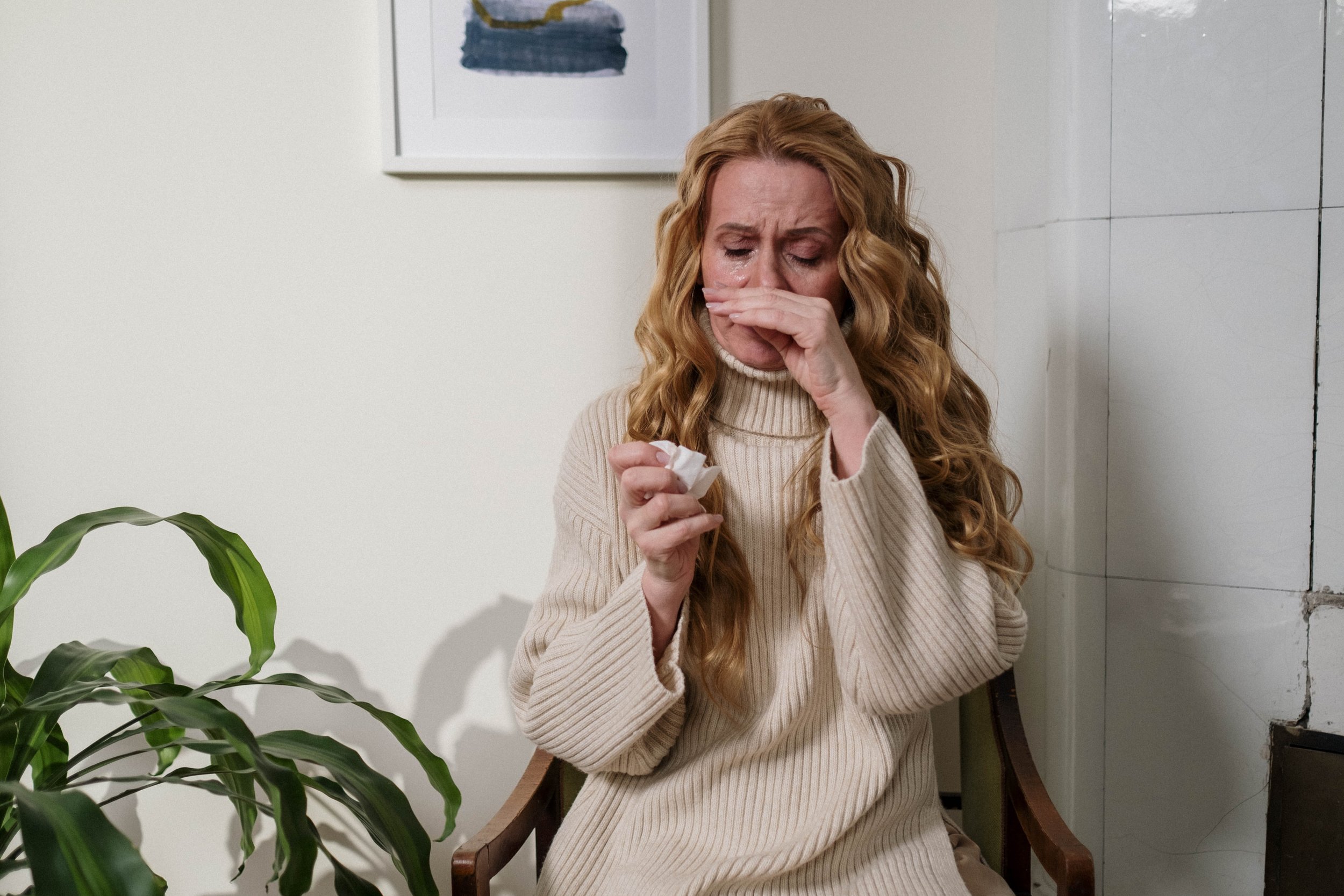The Causes, Symptoms and Remedies of Hair Dye Allergies
For many of us, hair dye is a necessary evil. We may not love the process of sitting in the salon chair for hours on end, but we love the way it makes us look and feel. Unfortunately, there is a downside to hair dye: the potential for allergic reactions.
In this blog post, we'll cover the causes of hair dye allergies, the symptoms to look out for, and some home remedies that can help if you do have an allergic reaction.
Causes of Hair Dye Allergies
Hair dyes contain a number of different chemicals, including PPD (para-phenylenediamine) and PTD (para-toluenediamine). These chemicals can cause allergic reactions in some people. The reactions are usually due to an intolerance or sensitivity to one or more of the ingredients in the hair dye.
Symptoms of Hair Dye Allergies
The most common symptom of a hair dye allergy is itching. This can be followed by redness, swelling, and blistering. In severe cases, hives and difficulty breathing may also occur. If you experience any of these symptoms after using hair dye, it's important to wash your hair immediately and seek medical attention if necessary.
Home Remedies for Hair Dye Allergies
If you do have an allergic reaction to hair dye, there are a few things you can do at home to ease your symptoms.
First, try applying an over-the-counter corticosteroid cream to the affected area
If you've ever had an allergic reaction to hair dye, you know how uncomfortable it can be. The good news is that there's a simple home remedy that can help to soothe the irritation: an over-the-counter corticosteroid cream.
Just apply the cream to the affected area and you should start to see results within a day or two. And if you happen to be in the middle of a hair salon Denver appointment when the reaction occurs, don't worry - the stylist can simply rinse the dye out of your hair and send you on your way.
So next time you get a hair dye allergy, reach for the corticosteroid cream and rest assured that you'll be feeling better in no time.
You can also take an antihistamine to help with any itching or swelling.
Finally, be sure to avoid using any hair products—including shampoo, conditioner, styling products, etc.—until your scalp has completely healed.
Wrap up!
If you're one of the many people who love changing up their hair color on a regular basis, it's important to be aware of the potential for allergic reactions. While they are fairly rare, they can happen—so it's always better to be safe than sorry.
If you do have an allergic reaction to hair dye, there are some home remedies that can help ease your symptoms until you can get medical attention.

